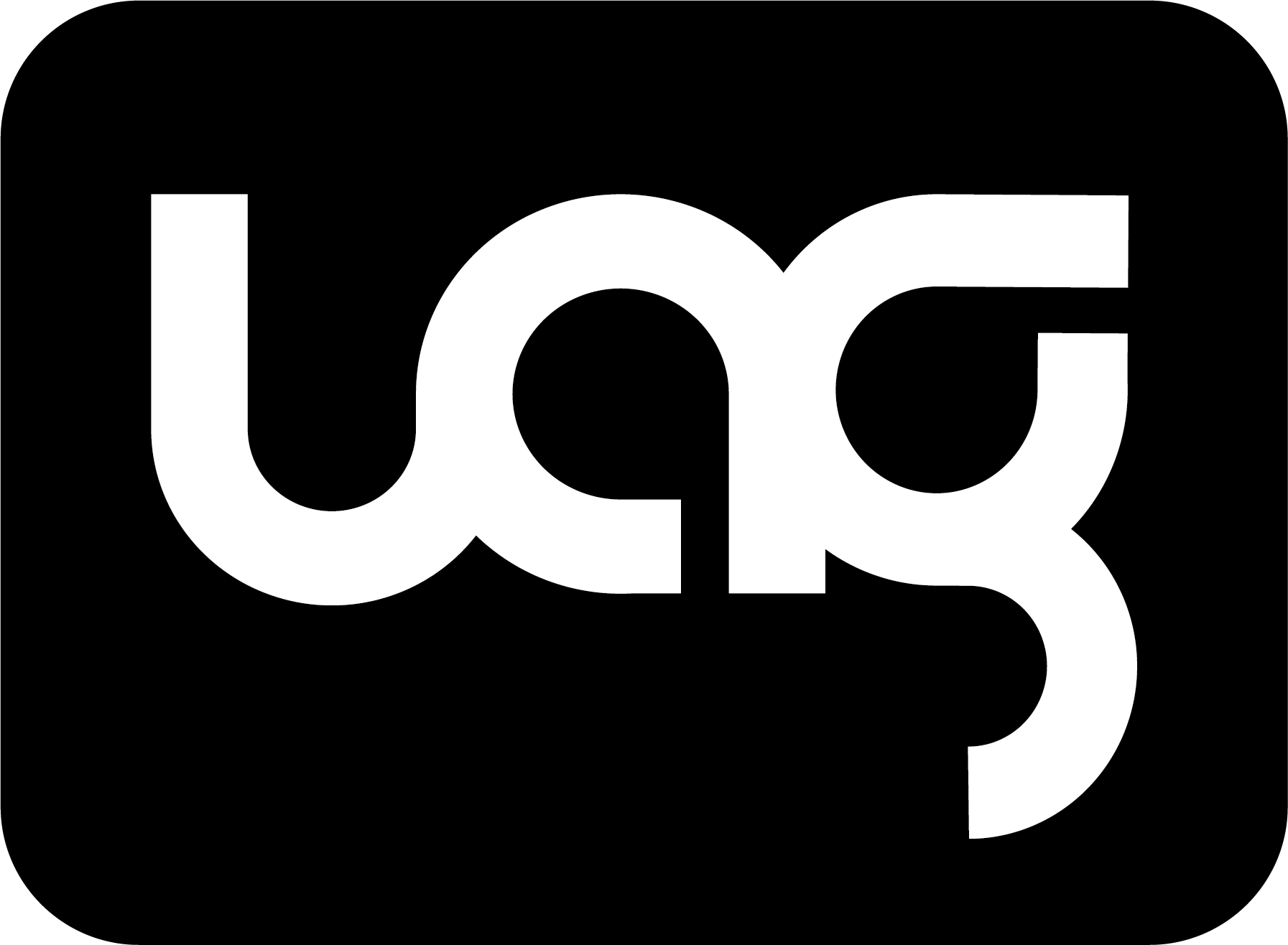UK consumer prices rose by 2.5 in April, the secondbiggest monthly gain in the indicators history since 1988. Annual inflation jumped from 7 to 9, unseen in the indicators history.
The longerestablished retail price index last saw a high annual growth rate 11.1 yy in April in 1982, while such big monthly jump 3.4 mm was last observed in 1980.
However, despite the horror that these figures represent, there are still indications that the UKs peak annual rate of inflation will be much lower than in the 1980s 22 or 1970s 27.
While Output Producer Prices are showing an acceleration in the annual growth rate, rising to 14, Input PPI has slowed from 19.2 to 18.6. Although remaining volatile in recent weeks, oil and gas have regularly retreated from highs, limiting upward pressure on prices. Metals have withdrawn from the highs.
At the same time, there are growing questions about final global demand, which will constrain producers in shifting costs to consumers.
Early hints that UK inflation may be slowing in the coming months may allow the Bank of England to raise the rate by 25 points at its next meeting in midJune and not copy the Feds 50point move.
This is moderately negative news for the British currency, which started to retreat from the 1.25 area on the data after a 2.9 rally from last Fridays lows. Shortterm traders should pay particular attention to the 1.2350 area.
A dip lower already this week would suggest that the brief period of recharging dollar bulls…


